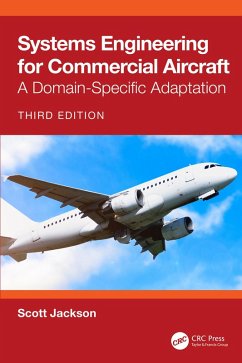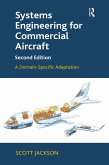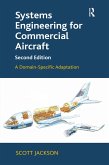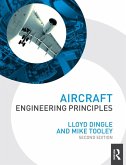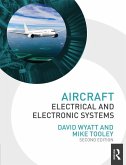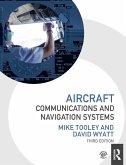Systems Engineering for Commercial Aircraft: A Domain-Specific Adaptation, Third Edition focuses on Deming's definition of quality, its methods, and the benefits it brings, which were not covered in the previous edition. The Risk chapter will also be expanded to include discussions on Risk Denial, its consequences, and strategies to avoid it. A detailed examination of resilience will be provided, highlighting how it enables an aircraft to prevent, endure, and recover from disruptions such as bird strikes. The book will explore the proactive and reactive aspects of resilience, how a system, like an aircraft, can be defined by its functions, and how an aircraft's design should prioritize the needs of various stakeholders, including passengers, regulatory agencies, and other relevant parties.
The primary audience for this book consists of major aircraft companies engaged in advanced design, aeronautical engineers, and systems engineers.
Dieser Download kann aus rechtlichen Gründen nur mit Rechnungsadresse in A, B, BG, CY, CZ, D, DK, EW, E, FIN, F, GR, HR, H, IRL, I, LT, L, LR, M, NL, PL, P, R, S, SLO, SK ausgeliefert werden.

